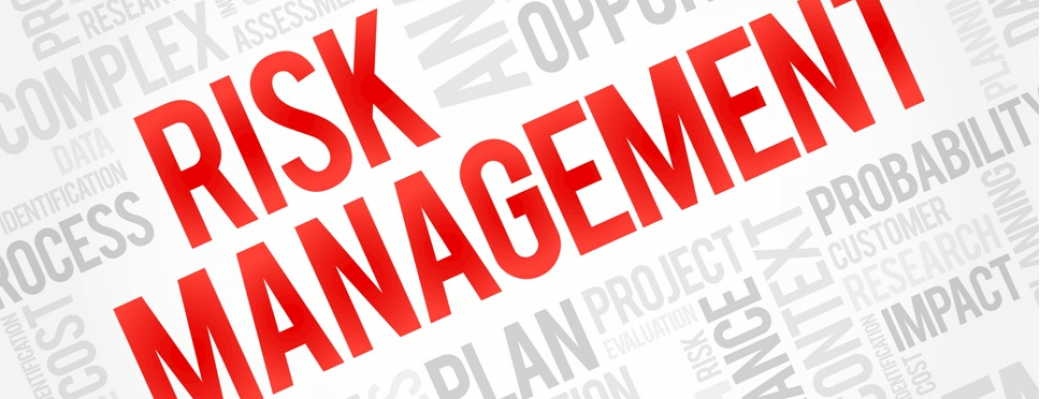Reducing Risk In Wrexham Businesses Through The Use Of CCTV Technology
The workplace injury statistics released by the Health and Safety Executive (HSE) in Great Britain provide business owners with some insight into just how important management of risk is when related to health and safety issues. During the 2019/2020 period under review 38.8 million, working days were lost workplace injury and illness. 1.6 million people were affected by injuries. The effect on individual businesses can be devastating – these injuries can have a severe impact on the bottom line – especially when they affect key personnel. There is also the not inconsiderable impact of fines (£35.8 million for this period) that are levied on businesses that do not comply with best practices when it comes to managing risk.
 One of the ways that businesses in Wrexham can be more proactive in managing risk is through the use of CCTV cameras. However, this technology can provide additional benefits rather than just risk mitigation. Here are some of the reasons that the business should evaluate the return on investment that the latest technology can offer.
One of the ways that businesses in Wrexham can be more proactive in managing risk is through the use of CCTV cameras. However, this technology can provide additional benefits rather than just risk mitigation. Here are some of the reasons that the business should evaluate the return on investment that the latest technology can offer.
CCTV footage, if reviewed on a regular basis helps the business to identify risk areas based on hard evidence. Each and every staff member will perform differently when active in certain areas. This is true even in the most carefully controlled environments and where the staff is performing similar tasks. By analyzing footage management can develop strategies to minimize risk based on individual action. This can have a positive impact on reducing risk for all employees – not only individuals.
However, that footage can also help when it comes to training. It is not only the environment that can contribute to elevated levels of risk – but the actions of staff. By using the CCTV footage training sessions hosted by human resources become more effective. Staff is provided real-world information on how their actions contribute to safety and reducing risk to themselves and others. Studies have shown that analysis of real-world situations, especially when revealed by footage gathered in individual workplaces contributes directly to changing behavior. It is also useful for human resources to have video evidence for use in disciplinary proceedings should staff ignore safety protocols and put others in the organization at risk.
Of course, such footage can also be used when the company is faced with fines resulting in non-compliance with regulations governing safety and health and safety-related issues. Presenting the relevant authorities with CCTV footage showing how the company has been proactive can reduce the risk of this sort of punitive action.
Constant monitoring of CCTV footage also can help reduce risk due to the fact that it allows management to deal with problems as they occur. Circumstances within the business environment can be tremendously fluid – and dealing with the unexpected is simply part and parcel of doing business in the fast-paced business environment of the 21st century.
It is also worth noting that the costs of injury are not just related to any legal action that may be taken by the employee and the costs associated with meeting regulatory responsibilities when it comes to treating any workplace-related injuries. One of the biggest costs to the company will always be training a temporary or permanent replacement for those employees who have been injured on the job. Preventing such injury is a business imperative – and CCTV can contribute significantly to reducing that risk.
Given these facts, businesses in Wrexham need to be aware of the risk associated with not having CCTV technology
installed on their business premises. A simple cost/benefit analysis will reveal that the sunken costs associated with having a professionally installed CCTV system pale into insignificance when one evaluates the risks associated with not having this sort of technology installed. CCTV simply makes sound business sense.
